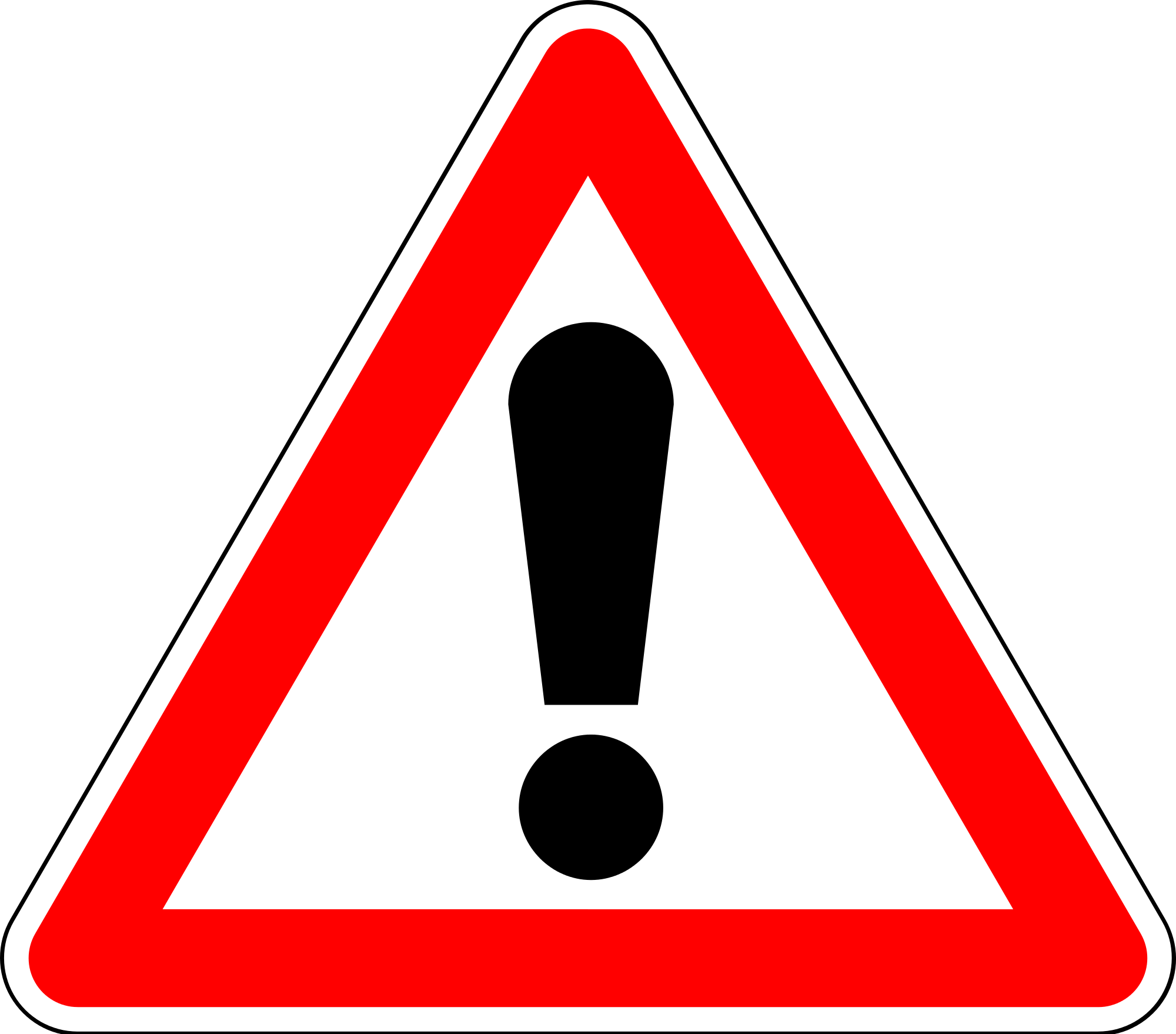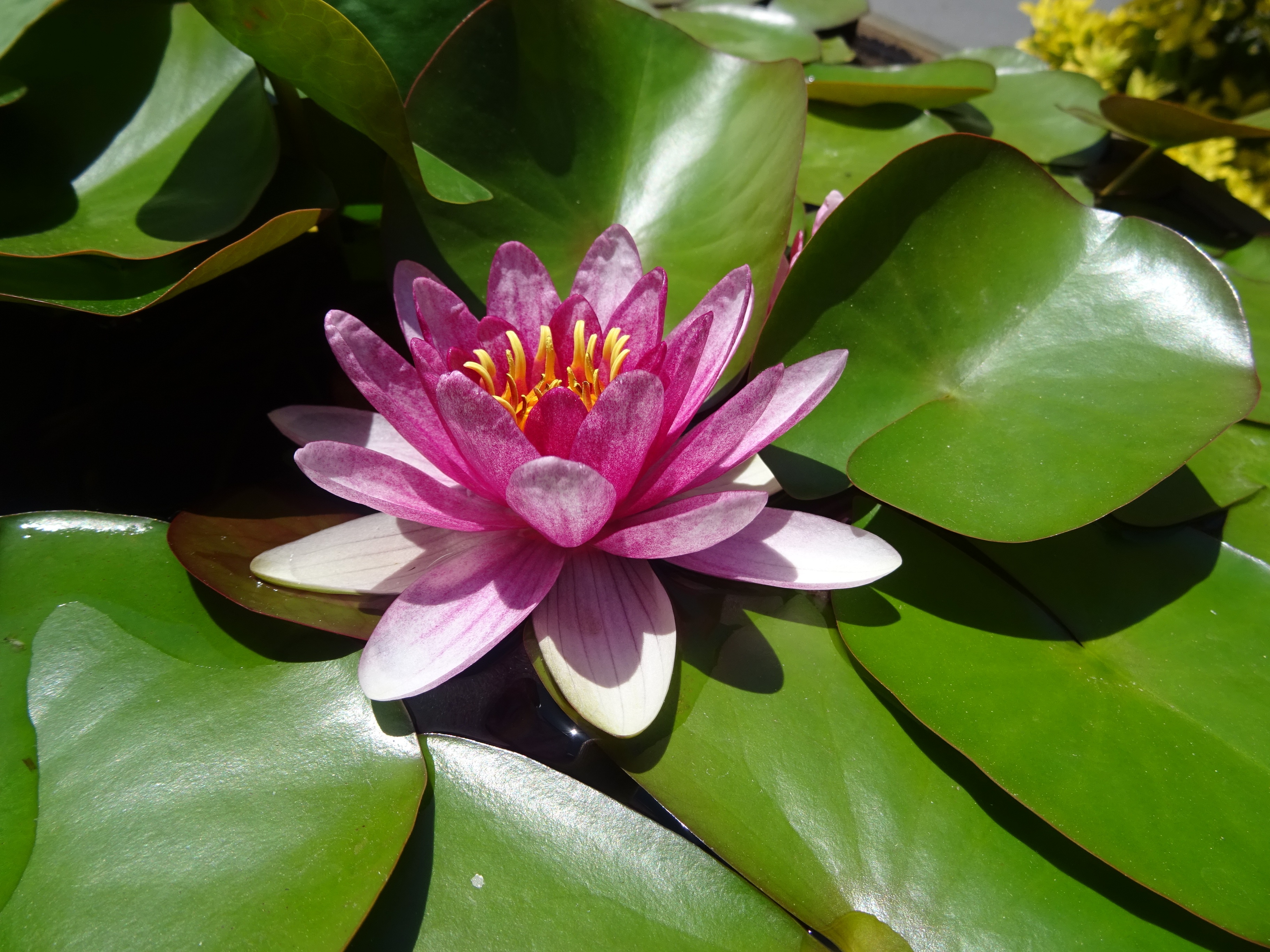 |
Invasive - Eradicate!Recently found in Wisconsin. Sacred Lotus is an exotic species most likely introduced in the United Sates by the aquarium industry. It is considered an aggressive and problematic plant in the U.S. because of the dense colonies which it forms. Sacred Lotus spreads by its rhizomes or seeds which have been documented to remain viable for over 1200 years! Please report new infestations to the DNR. |

Problems:
Large colonies of Sacred Lotus may restrict small boat navigation, fishing, and provide habitat for mosquitoes. Sacred Lotus may out-compete native plant species which provide a better ecological value to ponds and lakes.
Plant Description:
Sacred Lotus produces individual leaves and flowers directly from the root system. Leaves are ¾-2½' across, medium green or blue-green, and hairless.
The leaf blade above the water surface is depressed toward the middle. Many veins radiate from its center in all directions; veins become forked approaching the outer margin of the blade. Individual flowers are held up to 6' above the water surface by the stalk. Each flower is 4-8" across.
Hints to Identify
While both American Lotus and Sacred Lotus have umbrella like leaves, only the sacred lotus has pink or white flowers while those of the American Lotus are yellow.
|
Homeowner Treatment Options
|
| Navigate |
| Shoreline Defense® Herbicide/Cygnet Plus Combo |
| *Aquatic Biologists recommends implementing preventative management techniques and physical removal prior to, or in conjunction with treatment. |
Common Application Questions
Q.How much should I treat?
A. The entire population should be treated as sacred lotus is not native to the region.
Q. When is the best time to treat?
A. Once water temperatures are around sixty degrees or warmer and/or the plant is actively flowering. Sacred Lotus responds equally well to herbicide treatment when mature.
Q. How often do I need to treat Sacred Lotus?
A. Generally one to two treatments per season is enough.
Q. How long before I see results?
A. It really depends on the product you choose. For most vegetation, control will take approximately 2 weeks however, tissue damage may be evident within 2 to 4 days with liquid formulations. Some products are slower acting with results taking 30 days or more to achieve.
Q. Will the plants come back?
A. If roots are not killed, regrowth may become evident within 4 to 5 weeks.
